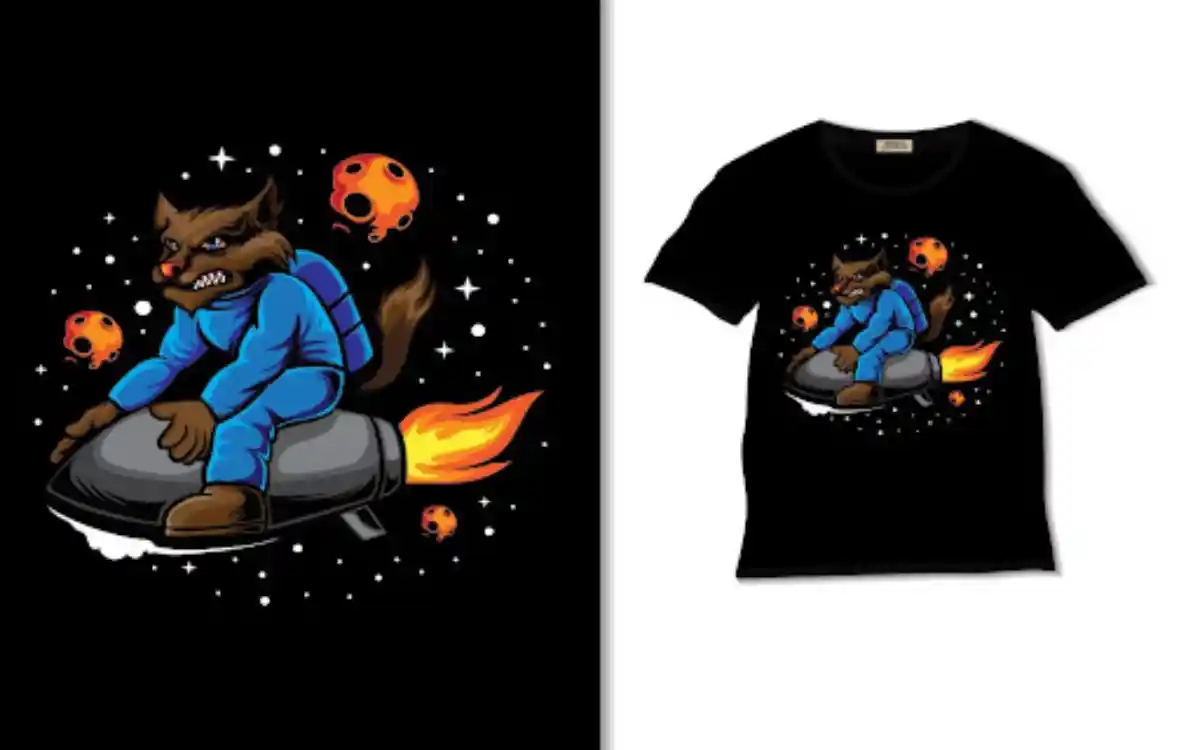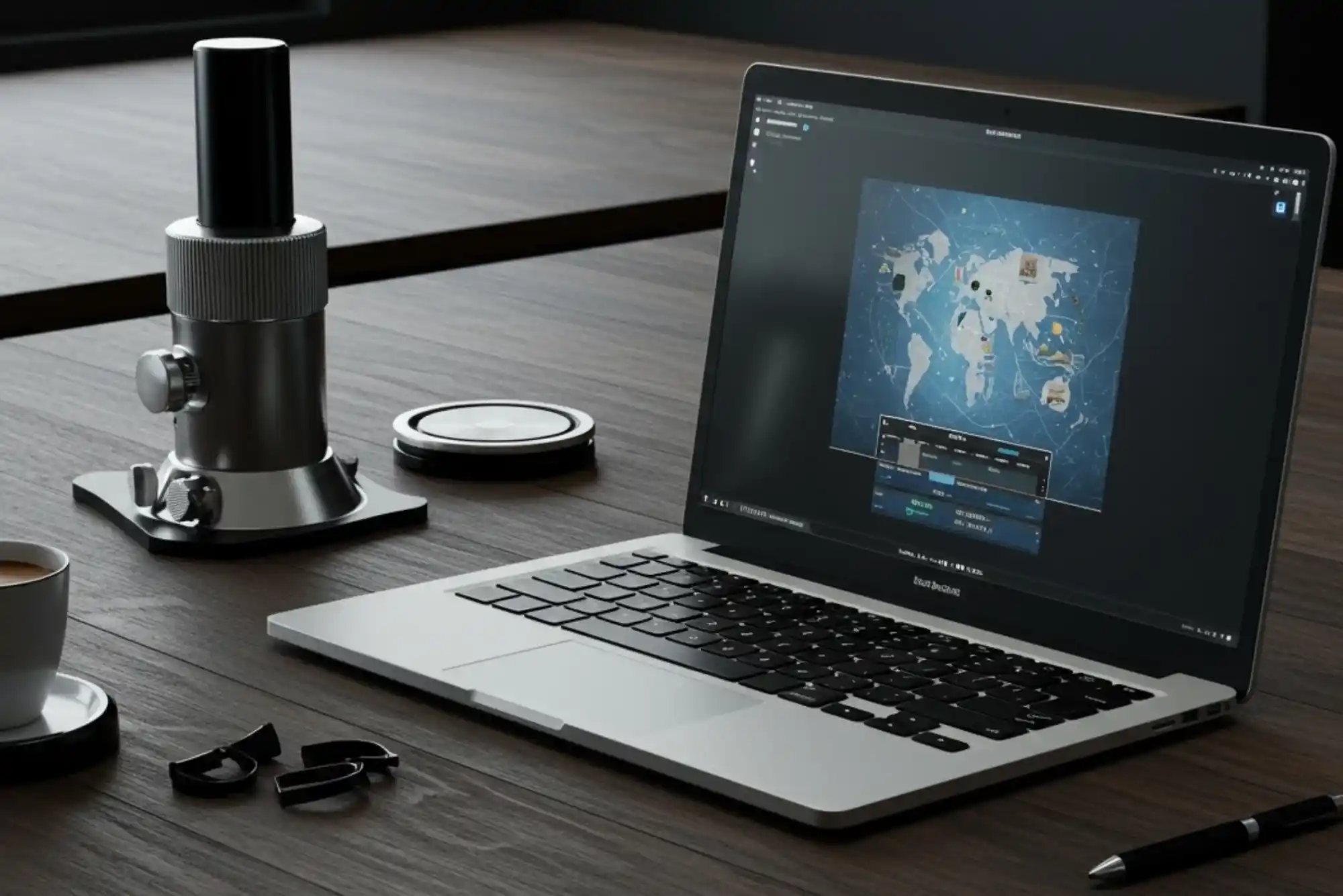The Rise of DTF Transfers in Modern Printing
DTF transfers have quickly gained popularity as a revolutionary method for fabric and garment printing. Unlike traditional techniques such as screen printing or heat transfer vinyl, DTF transfers provide a high-quality, full-color solution with unmatched durability. Their ability to adhere to various fabric types without pre-treatment makes them a game-changer in the custom printing industry.
How DTF Outperforms Traditional Printing Methods
Compared to traditional printing techniques, DTF printing offers greater efficiency, versatility, and cost savings. Unlike screen printing, which requires multiple screens and high setup costs, DTF allows for full-color designs with minimal preparation. Additionally, unlike sublimation, which works only on polyester, DTF transfers can be applied to a wide range of fabrics, including cotton, polyester, and blends.
The Cost-Effectiveness of DTF Transfers for Businesses
One of the biggest advantages of DTF transfers is their affordability. Businesses no longer need to invest in expensive setups or large bulk orders. DTF printing allows for on-demand production, reducing waste and lowering costs. Small businesses and print shops can now offer high-quality custom apparel without the limitations of traditional methods.
The Durability and Vibrancy of DTF Prints
One of the key factors driving the adoption of DTF is the superior durability of its prints. Unlike heat transfer vinyl, which may peel over time, DTF transfers bond deeply with the fabric, ensuring long-lasting results. Additionally, the prints maintain their vibrancy even after repeated washing, making them ideal for high-use garments like uniforms, sportswear, and promotional apparel.
The Versatility of DTF Transfers on Different Fabrics
Unlike many other printing methods, DTF transfers are not limited to a single fabric type. They can be applied to cotton, polyester, silk, denim, and even leather. This versatility allows businesses to expand their product range, offering custom designs on a variety of garments and accessories such as tote bags, caps, and jackets.
How DTF Simplifies the Printing Process
Printing with DTF is a straightforward process that eliminates many of the complexities associated with traditional methods. The ability to print on a transfer film and then apply the design using a heat press makes production faster and more accessible. Additionally, DTF transfers do not require pre-treatment, saving time and reducing labor costs.
The Role of DTF in Print-on-Demand Services
As the print-on-demand industry continues to grow, DTF transfers have become an essential tool for entrepreneurs and businesses. The ability to create small-batch custom designs without setup fees makes DTF ideal for online stores, event merchandise, and personalized gifts. This technology empowers businesses to offer customized apparel without holding large amounts of inventory.
DTF Transfers and the Future of Sustainable Printing
With growing concerns about environmental impact, DTF transfers provide a more sustainable alternative to traditional printing methods. Unlike screen printing, which uses large amounts of ink and water, DTF produces minimal waste. Additionally, the ability to print on demand reduces excess inventory and prevents overproduction, making it a greener choice for custom printing businesses.
Conclusion
DTF transfers are reshaping the printing industry by providing an efficient, cost-effective, and versatile solution for custom apparel. With their ability to print on multiple fabrics, maintain color vibrancy, and reduce waste, DTF is quickly becoming the preferred method for businesses and entrepreneurs. As technology continues to evolve, the impact of DTF transfers on the printing industry will only grow, setting a new standard for quality and convenience.
Frequently Asked Questions
- What makes DTF transfers different from other printing methods?
- DTF transfers allow for full-color, high-resolution prints on multiple fabric types without pre-treatment.
- Can DTF be used for small-batch printing?
- Yes, DTF is perfect for on-demand and small-batch printing, reducing waste and setup costs.
- How long do DTF prints last?
- With proper care, DTF transfers can last for years without fading, cracking, or peeling.
- Is DTF printing more cost-effective than screen printing?
- Yes, DTF eliminates the need for screens and complex setups, making it a more affordable option for many businesses.
- What fabrics can DTF transfers be applied to?
- DTF transfers work on cotton, polyester, blends, denim, leather, and more.
- How do I care for garments printed with DTF?
- Wash garments inside out in cold water and avoid high heat when drying to maintain the quality of DTF prints.
- Can DTF be used for corporate and promotional printing?
- Yes, DTF transfers are ideal for branded apparel, promotional merchandise, and corporate uniforms.
- Is DTF printing an eco-friendly option?
- Yes, DTF produces minimal waste and uses less water compared to traditional printing techniques.
- How does DTF compare to sublimation printing?
- Unlike sublimation, which only works on polyester, DTF transfers work on various fabric types without losing vibrancy.
- Can I print detailed, multicolor designs with DTF?
- Yes, DTF allows for intricate, high-resolution prints with unlimited color options.







